The 1980s were a period of great contrast for football supporters on Merseyside, writes Jeff Goulding.
Blighted by mass unemployment and seemingly perpetually at war with the central government, the people of Liverpool, just as they have always done, looked to music and football for their release. Yet even the sport all Scousers adore could serve up tragedy and heartache during what was a tumultuous decade.
Despite all that, Liverpool and their neighbours Everton dominated and shared the silverware between them. The Reds would plunder six league titles, two European Cups, two FA Cups and four League Cups. Everton, meanwhile delivered two league titles, an FA Cup and a European Cup Winners Cup.
In all, Merseyside would win 18 major honours in ten years and it remains the most successful football city in the country. In this sense then, the 1980s can be considered one of the greatest in Merseyside football history, perhaps rivalled only by the 1960s.
Fancy seeing you again

Liverpool entered the 1986/87 season as league and FA Cup holders, having secured the double for the first time in the club’s history. Following the horror of Heysel, Kenny Dalglish had somehow lifted the club and achieved astonishing success in his first season as player-manager. Reds would have had every reason to expect more of the same, but they were facing a titanic battle for the title with a resurgent Everton determined to win back the crown they had taken for the first time in 15 years, in 1985.
August 1986 was a washout, with rainfall reaching epic proportions, the world stands on the brink of economic collapse and Irish crooner, Chris De Burgh was top of the pops with ‘Lady in Red.’ After a summer of television dominated by a royal wedding and the commonwealth games, broadcast from Edinburgh, Scousers were more than ready for another all Mersey Wembley affair as the city’s two teams contested the Charity Shield.
In the space of 24 hours, Everton and Liverpool were involved in the two biggest transfers in British football history. The Blues would see Gary Lineker leave for FC Barcelona for a fee of £2.75 million and the following day Ian Rush signed for Juventus for £3.2m, immediately loaned back to Liverpool. The Reds would get ready for the loss of Rushy’s goals in January 1987 though by signing John Aldridge from Oxford United for just £750,000.

The new season also saw the departure of club stalwart Sammy Lee, who joined QPR for a fee of £200,000 at the age of 27. Lee had racked up 295 appearances for the Reds and scored 19 times. He also had a medal collection that would be the envy of any modern-day footballer, boasting four league titles, two European Cups and four League Cups.
The ban on English teams in European competitions following the events at Heysel meant that Liverpool would invest barely half of the £3.4m they had received in transfer fees. Everton would spend part of their Lineker windfall, breaking a club record in the process, by parting with £1m to bring in 24-year-old Dave Watson from Norwich City. Meanwhile, fighting between Manchester United and West Ham supporters on a ferry bound for Amsterdam led to fears that clubs would soon be unable to arrange pre-season friendlies abroad.
There were no such problems when Merseyside’s two heavyweight teams descended on the capital on the eve of the new season. Not for the first time, the city of Liverpool emptied as around 88,000 crammed into Wembley with barely an incident to talk of. The atmosphere was more in keeping with a Liverpudlian street party than a football match, and there was even a Mexican wave as supporters sought to entertain themselves during the game.

The Blues thought they’d won it when Adrian Heath pounced in the 80th minute to put Everton on course for the Shield. However, Rush would level seven minutes later and the silverware would be shared and Scousers of both persuasions headed home happy, largely on the same coaches or packed into the same cars. This was just the phoney war after all, a draw was okay.
The Football League was in the process of evolution, with the first division reduced to 21 teams, and the second tier increasing to 23. By 1989/90 the top tier would become a 20 team league with the second division containing 24 sides.
A month into the 1986/87 season, both sides contested what must be one of the most bizarre competitions in the history of football. The Screen Sport Super Cup ran across two seasons, beginning in 1985 and culminating in a final which took place over two legs in September 1986. The teams from Anfield and Goodison would of course reach the final having successfully negotiated the group phase during the previous campaign.
The Reds had vanquished Norwich in the semi-finals, and Everton earned their place in the final courtesy of an extra-time win over Tottenham. Liverpool won the cup, thanks to a 7-2 aggregate victory, which included a 4-1 win at Goodison. I can’t remember the games causing much of a ripple on Merseyside with just over 20,000 attending the first leg at Anfield and 26,000 turning out at Goodison. If English Football had thought this would provide compensation for lost revenue due to the European ban, they couldn’t have been more mistaken.
Sandwiched between those two games was a League Cup second-round first-leg tie against Fulham at Anfield. The Cottagers, led by player-manager Ray Lewington, arrived in Liverpool perhaps nursing faint hopes of a giant-killing. Languishing in the third tier of English football, few would have given them any chance but cup football often throws up crazy scorelines and it did again. Liverpool’s 10-0 victory was a club record.
Five Reds got on the scoresheet, with Steve McMahon grabbing four, braces from Rush and John Wark, while Ronnie Whelan and Steve Nicol scored one apiece. Kopites could barely contain their laughter as chants of “10-0, 10-0” to the tune of ‘Amazing Grace’ rang out. They would descend into hysterics as the Londoners ironically sang about being the greatest team in England and going to Wembley.
All you need is Rush?

By Christmas, the league’s early pace-setters were Arsenal and Nottingham Forest, with Liverpool in third and Everton just behind in fourth place. The Reds had successfully negotiated Leicester City and Coventry City in the League Cup third and fourth Rounds and would face Everton yet again in a fifth Round tie at Goodison Park on New Year’s Day.
With the season just past the halfway stage, the two Merseyside giants had already faced each other five times. The Reds had won two and drawn two, but they would advance to the semi-final of a competition they had made their own in the first half of the decade, thanks to a goal from guess who, yes, Ian Rush.
At the dawn of 1987, Britain was plunged into a deep freeze. Across the country, frozen pitches and snow-covered roads and pathways were the order of the day. Despite Liverpool’s continued bogeyman status when it came to the derby, in terms of league form Everton had proven marginally more consistent. By the end of January, they had leapfrogged Liverpool into second place and were five points clear of their rivals. The title race was beginning to hot up.
In world events, Terry Waite, special envoy of the Archbishop of Canterbury, disappeared in Beirut. He had been taken hostage and would begin four years of captivity before he was eventually released in 1991. Back home claims that unemployment was falling would continue to baffle the people of the north and the government continued to sell off the ‘family silver by privatising British Airways.
As Liverpool travelled to the Dell in February, George Michael and Aretha Franklyn were topping the charts, Emlyn Hughes transitioned to TV celebrity status, captaining a team on the BBC’s A Question of Sport and John Thaw made had just made his debut on ITV’s Inspector Morse.
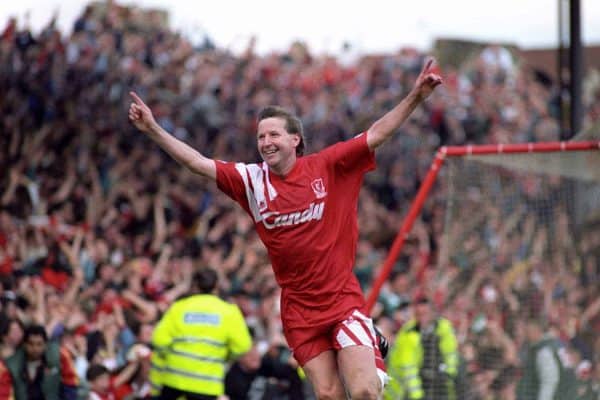
The game at the Dell was a feisty one, with Paul Walsh seeing red two minutes into the second half after he had punched Saints defender Kevin Bond. The Southampton player had spat in Walsh’s face. Liverpool would see out the second half with 10 men and the game ended goalless.
The Reds league form had improved as they went into the League Cup semi-final second leg at Anfield, in which Nigel Spackman made his Anfield bow. They remained in third spot in the table but were now just two points behind leaders Everton.
Anfield once more draped in a faint blanket of snow, saw their player-manager make his first start since Boxing Day 1986. After a goalless first period, Liverpool finally clicked into gear in the second half. Goals from Ronnie Whelan, Kenny Dalglish and Jan Molby saw Liverpool reach a major final at Wembley for the fifth time in seven years. Little wonder Kopites referred to it as Anfield South.
As the players left the field, one Liverpool supporter decided to exact revenge on Southampton‘s Bond for getting Walsh sent off, charging onto the pitch and leaping on the unsuspecting Bond’s back. Of course, he was promptly escorted away and the Saints defender was left to lick his wound in the away dressing room. His team had bigger problems at the bottom of the league.
The win won teed up a final against Arsenal and a man who had reportedly been a former Reds target, Charlie Nicholas. Liverpool would be left ruing the fact that he had apparently chosen the bright lights of London over the city on the banks of the Mersey.
Southampton, though, would have to return to Anfield for a league match just three days later, and this game would see Scouser and former denizen of the Kop, John Aldridge, mark his Reds debut with a goal that was good enough to win the match. The win moved Liverpool up to second place, level on points with Everton who led on goal difference. The Reds were battling it out for the title and heading for Wembley, normal service had resumed. What could possibly go wrong?
In the run-up the final, Liverpool won four games on the bounce to go top of the table. However, two costly defeats including a setback away to Spurs and an ignominious calamity against Wimbledon at Anfield saw the Reds fail to consolidate their position. Their lead at the top had now shrunk to three points and Everton, in second place, had two games in hand. To make matters worse, Mark Lawrenson rupture his Achilles in the 2-1 home defeat to Wimbledon and would be out for over five months.

Now, George Graham’s Arsenal lay in wait, with Wembley packed out to the rafters with 96,000 supporters. There was a rule of thumb in football back in the 1980s, when Rush scored, Liverpool always won. When the Welsh hitman hit the back of the net following a McMahon assist, Liverpool supporters were all but celebrating the club’s fifth League Cup of the decade. However, a certain Scotsman had other ideas.
It took Nicholas just seven minutes to draw the tie level and with just eight minutes left on the clock, the man dubbed Champagne Charlie would break Red hearts by grabbing the winner. It was hard to escape the sense of a season falling apart. With no Europe and the Reds out of the FA Cup after Luton Town had taken Dalglish’s men to two replays, ultimately winning the second one 3-0, Liverpool had to put all their eggs in an increasingly very fragile league basket. The journey back to Liverpool was a long painful one.
The final hangover

Their cup final hangover extended into their next game against Norwich City at Carrow Road, with the Reds surrendering top spot to the Blues thanks to a 2-1 defeat. Again, Rush had put Liverpool in front only for them to succumb to two second-half goals. The season was going from bad to worse.
Liverpool’s inconsistency continued. They followed up their reverse at Norwich with a much more familiar 3-0 victory over Brian Clough’s Forest at Anfield, only to slump to a 1-0 defeat to Man United at Old Trafford, thanks to an 88th-minute winner from Peter Davenport.
With four games to go, Dalglish’s champions welcomed Everton to Anfield for what was now a must-win match. Liverpool were now six points behind their rivals who had a game in hand. Defeat would all but hand them the title. It was unthinkable, and Rush wasn’t about to hand the Blues an easy ride.
After the No. 9 had set up McMahon for the opening goal inside 10 minutes, Liverpool would see former Red, Kevin Sheedy level for Everton six minutes later. Rush would then restore Liverpool’s lead in injury time at the end of the first half and secured the points with his second with just five minutes left on the clock. They were his 18th and 19th goals in 20 derby matches for the Reds.
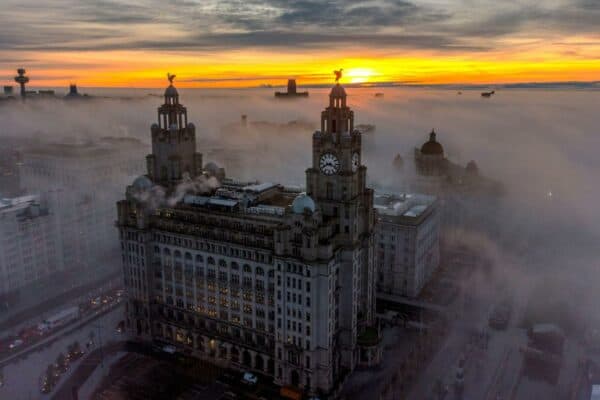
Liverpool had cut the gap to three points, but with the Blues’ game advantage and just three fixtures to go for the Reds, the victory would only delay the inevitable. Liverpool slumped to defeat at Coventry before their final home game of the season saw them surrender the title despite a 1-0 win. It would be the last goal scored by Rush on home soil before he left for Juventus, and Dalglish would finally hang up his boots.
It was ultimately a season of transition and a case of what might have been. It would end in disappointment by the standards the Reds had set. Runner up status in the league and League Cup might satisfy other clubs, but this was unacceptable to Liverpool Football Club. As they had so often in the past, the Reds simply picked themselves up and got set to go again.
Kopites would miss Rush for a short while, but they were about to witness one of the most flamboyant Liverpool teams of all time. Soon Anfield’s supremacy on Merseyside and in English football generally would be restored in fine style.
Liverpool FC in 1986/87

Manager: Kenny Dalglish
Captain: Alan Hansen
Top Scorer: Ian Rush (40)
Most Appearances: Ian Rush (57)
League position: 2nd (77 points)
FA Cup: Third Round
League Cup: Runners-up
Total games: 57
Games won: 31
Games drawn: 13
Games lost: 13
Clean sheets: 24 (overall)
Total goals: 105


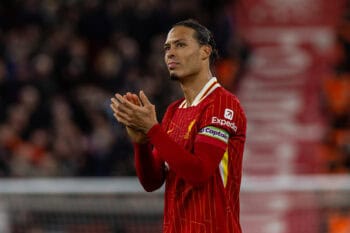
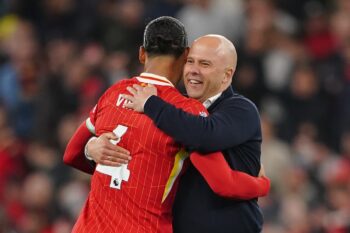


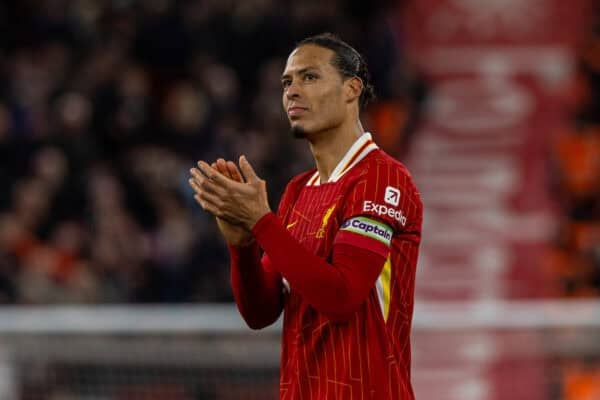
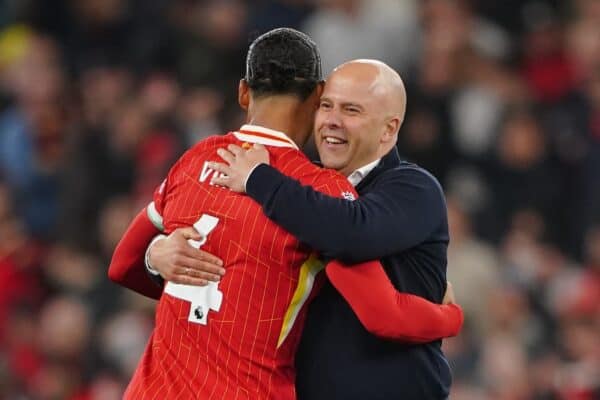
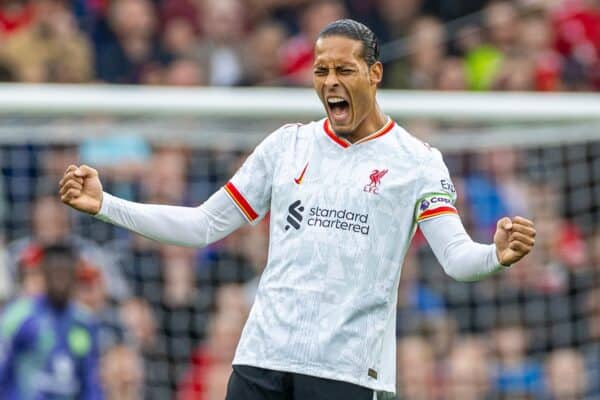

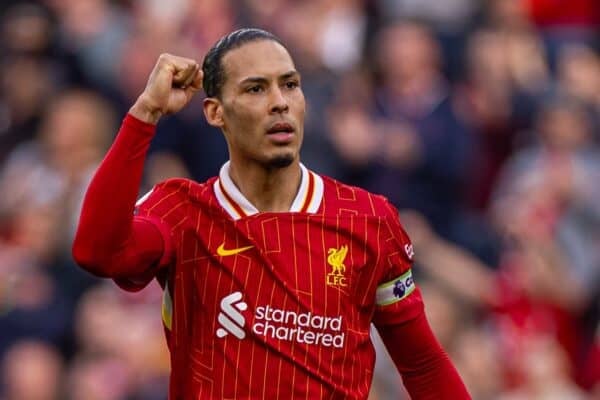



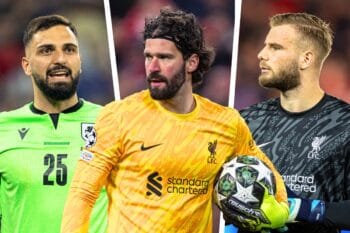
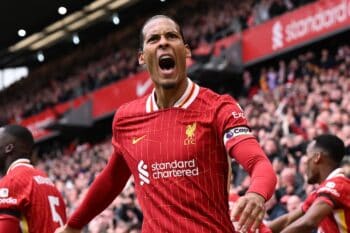



Fan Comments